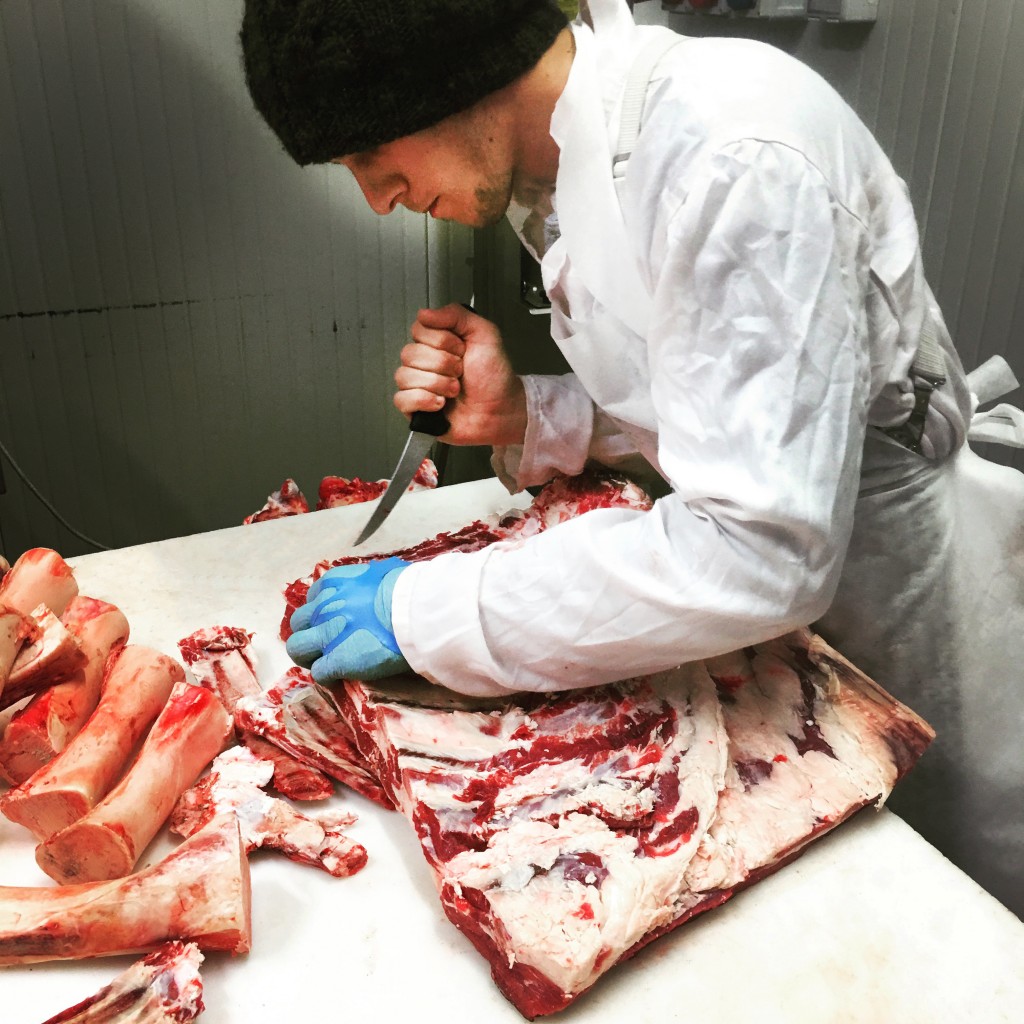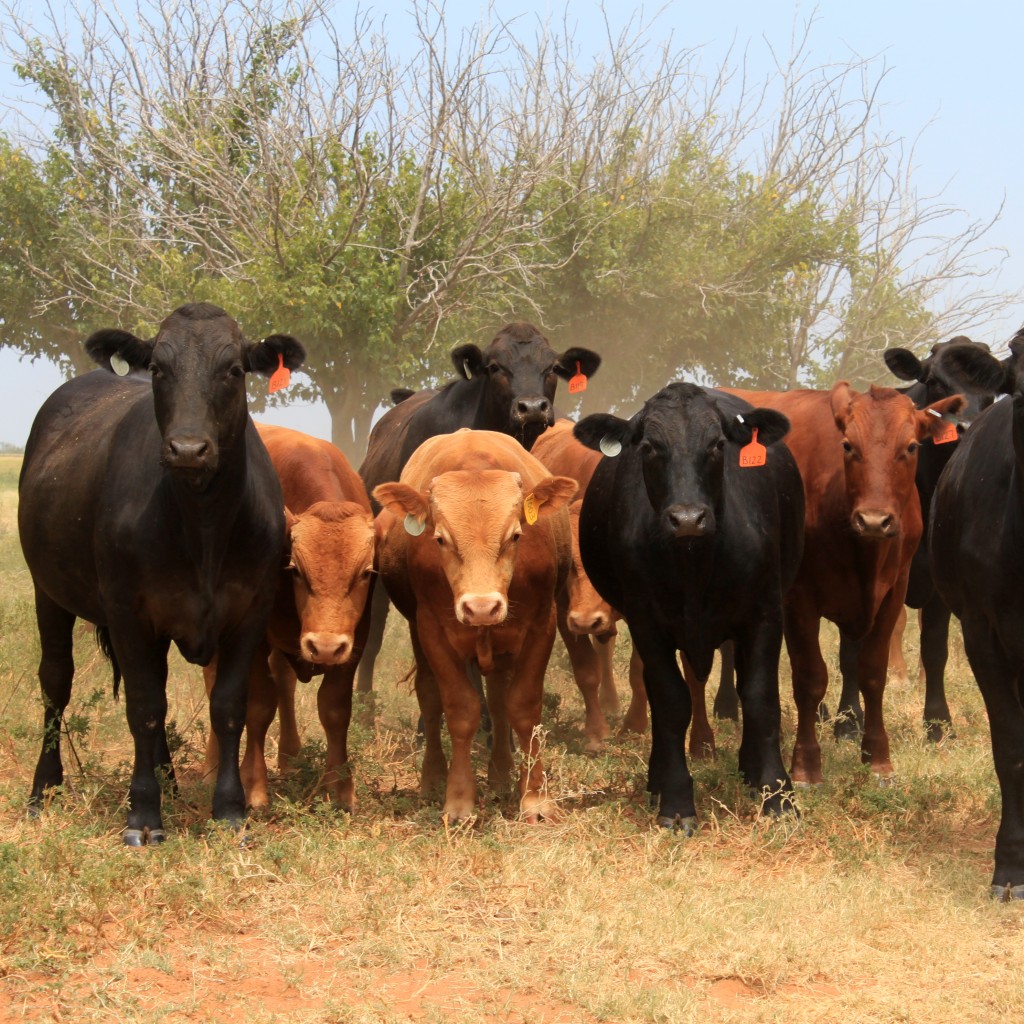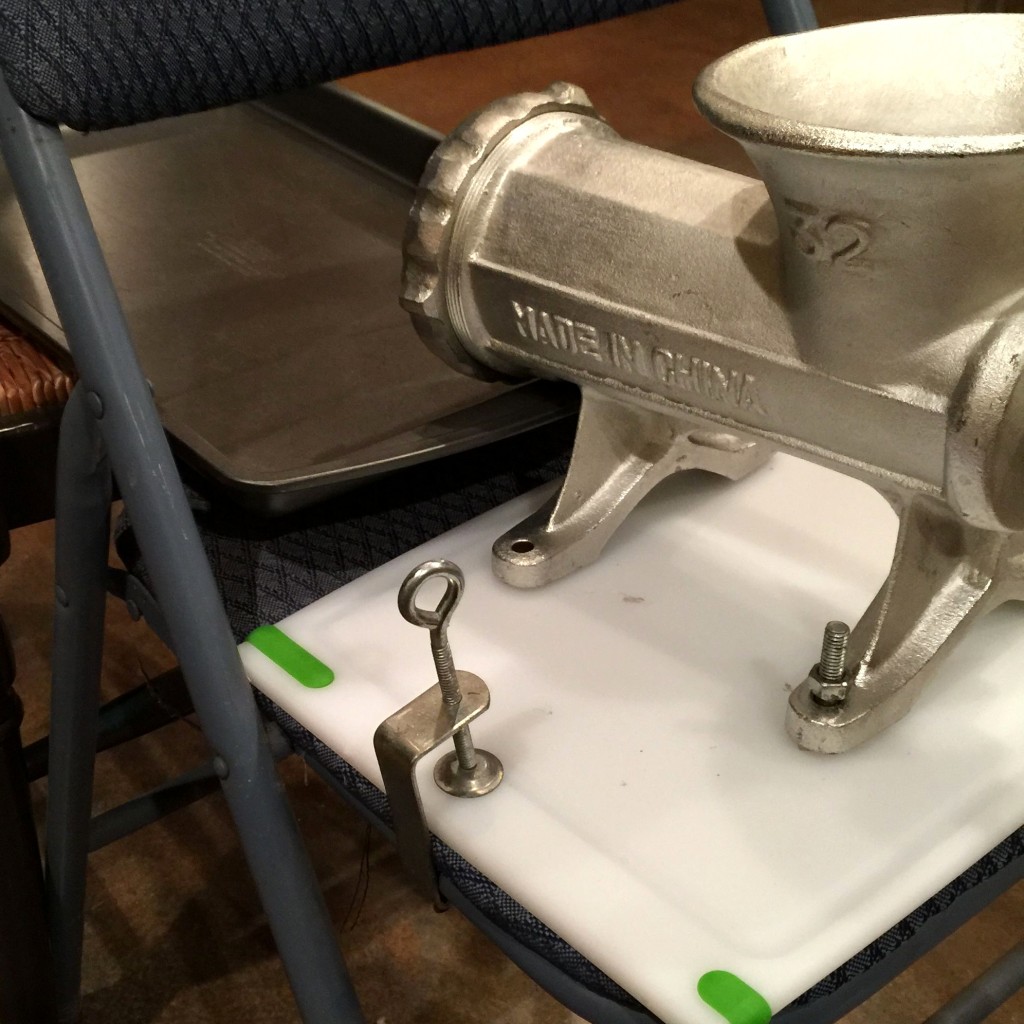Viva la Ciccia… E chi la Stropiccia!
Dario has always sung the praises of beef. The hallowed halls of his macelleria (Italian butcher shop) are decorated with paintings and sculptures. Each in some way pays homage to the king of meats:
Beef.
On a normal day, beef is all he deals with. You won’t find chicken or fowl in the display case. You won’t find a lamb carcass hanging in the walk-in. You want a pork chop? He doesn’t sell those either.
People travel halfway around the world to feast on the Bistecca alla Fiorentina at his table. He ships these same steaks to many parts of Europe. Even though he is known for his beef, Dario is also a master when it comes to pork.
Dario uses pork in three of his dishes:
- Burro de Chianti - or butter of Chianti is a seasoned pork lard. Dario spreads it lavishly on crostini and baked potatoes. I’m in love. After having tasted burro de Chianti, I’ll never ruin another baked potato with butter again.
- Tonno de Chianti - or Tuna of Chianti are pork hams that are salted, then braised in white wine and liquids. Tonno de Chianti is a component of the Accoglienza plate at McDario.
- Porchetta - a boneless pork roast where the body of the pig is de-boned, seasoned, rolled and cooked. Porchetta is another component of Dario’s Accoglienza plate.
On day three of my staging at the Celle, Samu taught me how to prepare the porchetta for Dario. We each grabbed a knife and a side of pork and got to work. Samu began by cutting just beneath the spare ribs and eventually worked his way up to and around the vertebrae – he was left with a beautiful, boneless pork loin and belly. After a few extra minutes, I finished up with my side of pork. Samu said our work, for the most part, was done so we loaded the pork sides into the refrigerated Mercedes van and made our way back up to the macelleria.
The master took over from there – with a high-output torch. Now don’t confuse this high output torch with a puny, little creme brulee torch.
This baby could burn down a house.
Once the hair was scorched from the skin, Dario turned the sides of pork over and gave them a heavy dusting of seasonings:
- course ground sea salt,
- a variety of fresh Tuscan herbs,
- and a copious amount of crushed garlic - Dario likes his garlic!
Behind the seasoning, he rolled up the sides of pork into what I can best describe as a cowboy’s bedroll. As he rolled, he scored. He cut long incisions down the length of the carcasses, allowing for a tighter roll.
Then when everything was nice and tight, he hand-tied butchers string along the length to keep everything in place for cooking.
After 4 hours in the oven at a high temperature, the two rolls of porchetta came out with a beautiful,golden-brown skin. We placed two bricks at each end of the rolls to elevate them above their drippings to keep the skin nice and crispy. That night, Dario’s diners enjoyed some of the freshest and most savory porchetta in all of Italy. I’d like to think that I was a small part of this Italian culinary tradition.





































